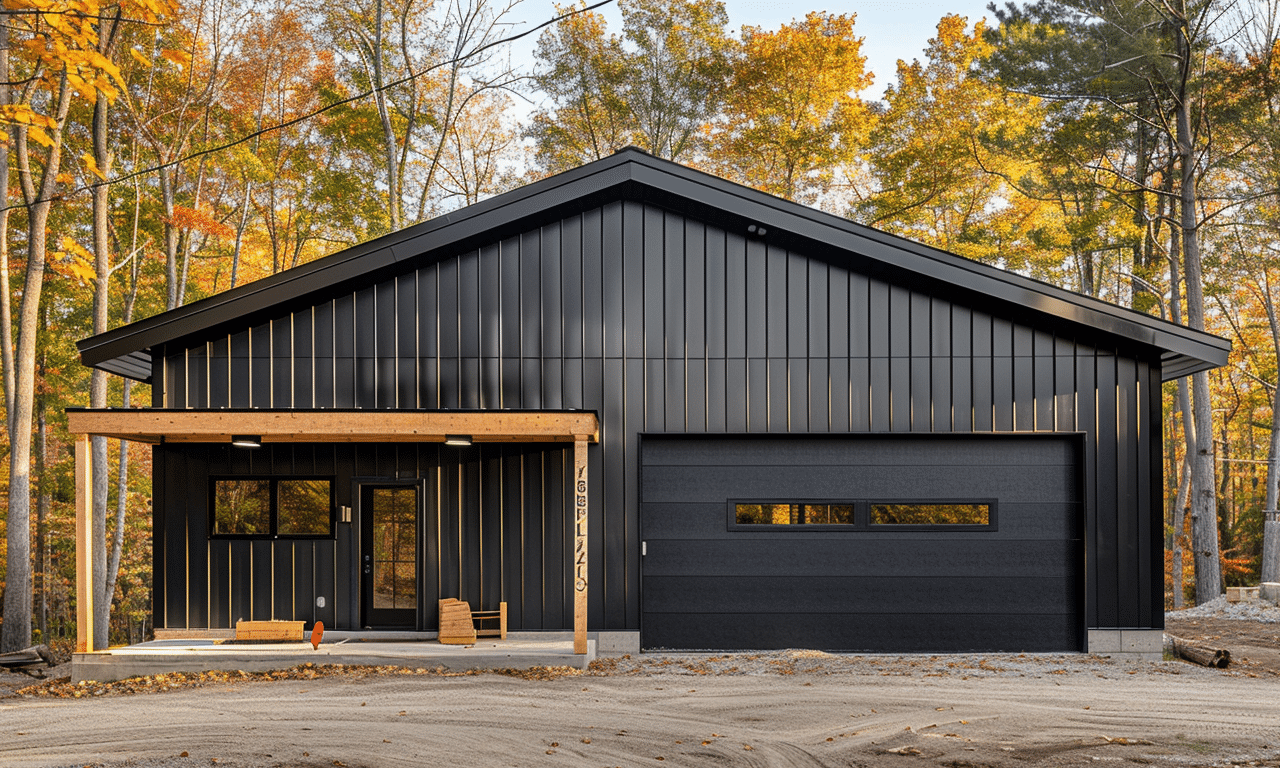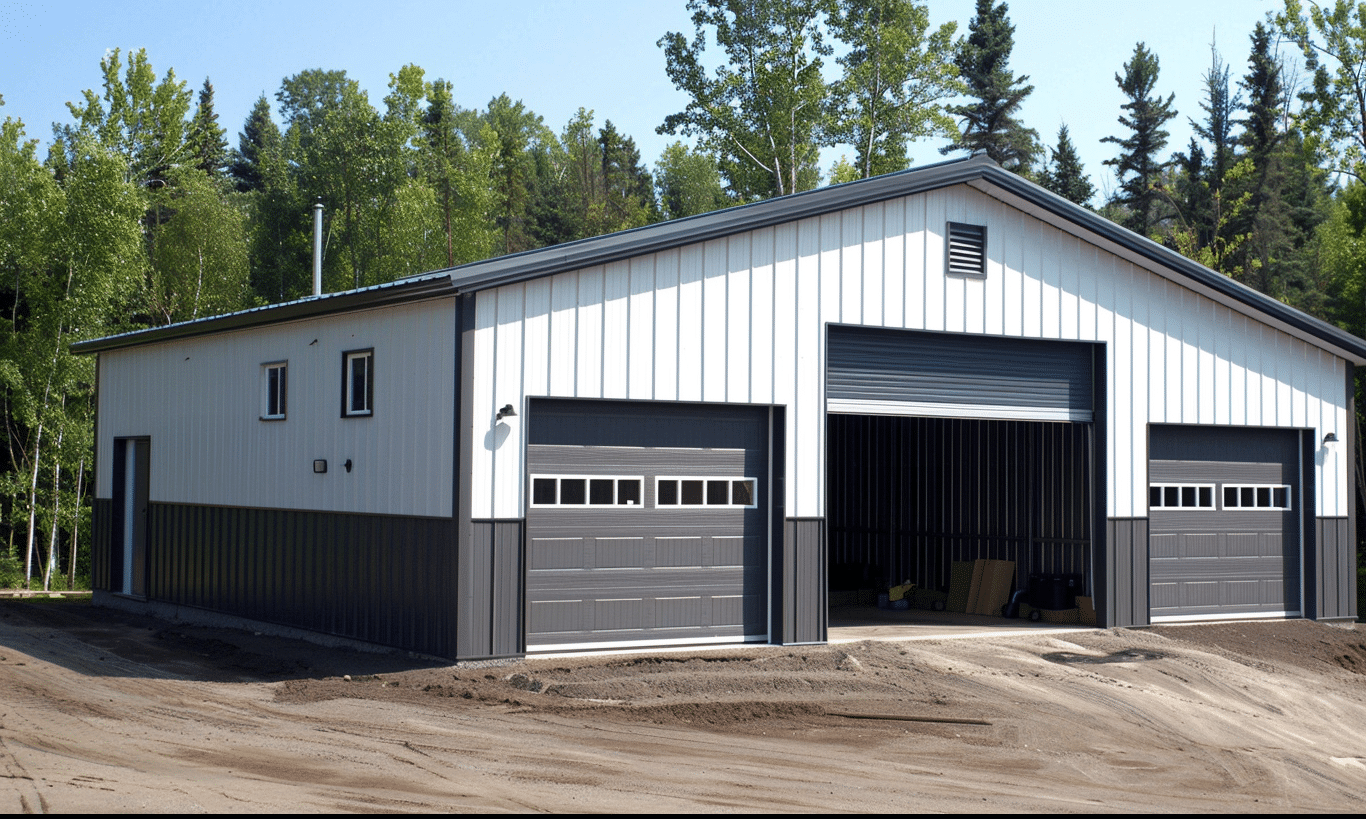The construction industry has continuously evolved, seeking innovative materials that offer improved strength, durability, and efficiency. One such breakthrough is the use of composite materials in construction. These remarkable materials combine different substances to enhance the structural properties beyond the capabilities of the individual components. The result is a versatile, adaptable, and robust building solution that stands the test of time. But what are composite materials, and why are they becoming game-changers in the construction world?
Understanding Composite Materials
Composite materials are essentially engineered mixtures of two or more constituent materials that remain distinct within the final structure. By combining materials with varied properties, such as metals and polymers, engineers create a product that retains the beneficial attributes of each component. This principle is akin to baking a cake; individual ingredients come together to create something better than the sum of its parts.
Types of Composite Materials Used in Construction
The use of composite materials in construction is not a novel concept, yet the breadth of applications continues to expand, fueled by advancements in technology and material science. Here are some popular types of composite materials being employed in construction today:
1. **Reinforced concrete** – A staple in construction, this material combines the compressive strength of concrete with the tensile strength of steel or fiberglass reinforcements.
2. **Fiber-reinforced polymers (FRP)** – These composites offer high strength-to-weight ratios, making them ideal for structures that require light yet strong materials.
3. **Structural insulated panels (SIPs)** – Consisting of an insulating foam core sandwiched between two structural facings, SIPs offer enhanced energy efficiency and fast installation times.
Advantages of Using Composite Materials
Why are composite materials in construction garnering so much attention? The advantages they provide are numerous, and here’s a look into some of them:
- Improved Strength and Durability: Combining different materials often results in superior strength and durability. The integration of materials like fiberglass greatly enhances structural integrity. For more details on the Advantages of fiberglass reinforcement, visit our resources.
- Design Flexibility: Composite materials allow architects and designers more flexibility to create structures that align with modern aesthetics and functionality.
- Environmental Benefits: Many composites are lightweight, reducing transportation emissions and allowing for more sustainable construction practices.

The Role of Composite Materials in Modern Steel Building Design
The integration of composite materials into Steel Building Design has led to remarkable shifts in the construction landscape. Steel, combined with composites, creates structures that are not only sturdier but also aesthetically pleasing. Imagine the strength of a 24×24 steel building kit enhanced with composite materials to achieve unmatched durability and style.
Using composite materials in steel buildings results in lighter structures, reducing foundation requirements and construction time, eventually leading to cost savings. Furthermore, composites offer excellent resistance to corrosion, significantly extending the life of steel structures.
Challenges and Considerations
Despite their many advantages, using composite materials in construction is not without challenges. Engineers and builders must consider:
– **Cost Implications**: Initial costs for certain composite materials can be higher than traditional materials. However, their durability often offsets long-term costs.
– **Manufacturing Complexity**: Producing composites requires specialized equipment and processes, potentially limiting availability.
– **Recycling and Disposal**: The hybrid nature of composites can make recycling and disposal more challenging.
Practical Applications and Case Studies
In Ontario, the demand for innovative construction solutions has never been higher. The use of metal building packages and composite materials has streamlined the construction of commercial and residential structures. Examples of effective applications can be seen in various metal building packages Ontario.

The Future of Composite Materials in Construction
As technology evolves, the variety and efficiency of composite materials will only continue to grow. Encouragingly, organizations such as BuildForce Canada – Exploring Composite Materials are at the forefront, providing crucial insights into future developments and trends in this field. It’s clear that these materials will play a critical role in shaping the future of construction.
Conclusion
Composite materials in construction offer exciting possibilities, pushing the boundaries of what’s achievable in modern building design. As more industries recognize their potential, the use of these materials is set to rise, giving rise to structures that are stronger, smarter, and more sustainable. Embracing these materials today is a pivotal step toward a more innovative and resilient tomorrow.











